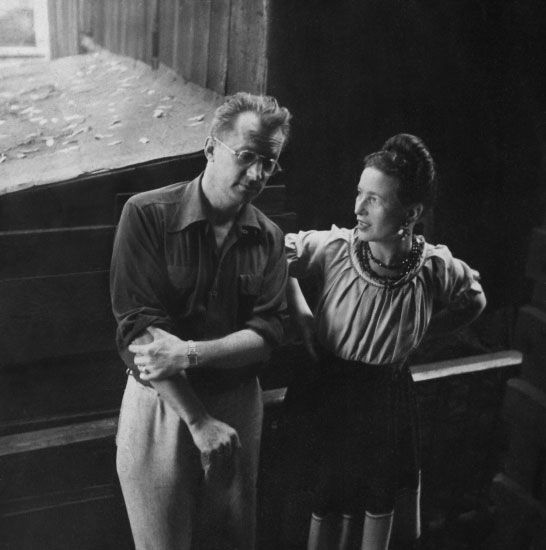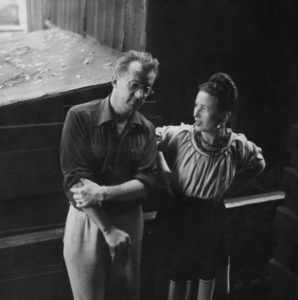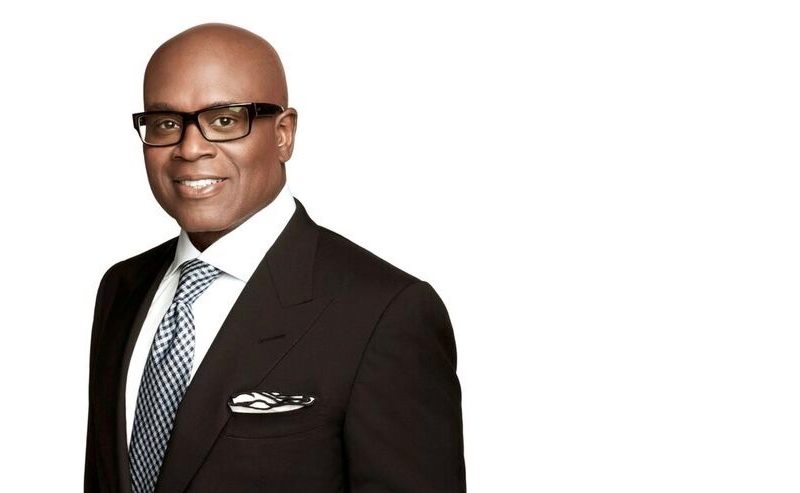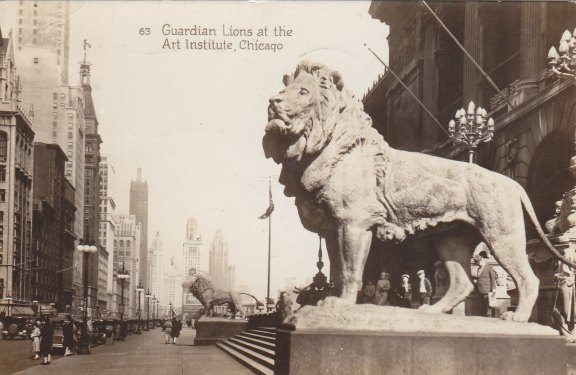
Tuesday Trivia: Chicago’s Literary Treasure Trove
Welcome to Tuesday Trivia! Each week we tackle this big, bizarre, wonderful city through a different lens, asking you to answer the tough questions. This week, we’re looking at our fair metropolis through its storied literary history.

Name this transnational romantic literary powerhouse in Question 3. Photo credit: Chicago Sun Times.
1. Which magazine did Chicago-born cartoonist and author Shel Silverstein illustrate for?
a. Playboy
b. Vogue
c. GQ
d. Highlights
Answer: A. Shel Silverstein was one of the principle cartoonists for Playboy. Yes, The Giving Tree author and illustrator spent his days as a cartoonist at Hefner’s Chicago headquarters. Beyond cartooning, he often did travel stories for Playboy that took him from Swiss villages to New Jersey nudist colonies and everywhere in between.
2. Author, radio host, historian and all around hometown hero Studs Terkel was known for wearing the same outfit every single day. What were his sartorial staples?
a. All black everything
b. A jauntily tipped newsboy cap
c. A red gingham shirt and red cotton socks
d. A Canadian tuxedo
Answer: C. For decades, Studs Terkel could be spotted by his signature red checkered shirts and matching socks. As for hats, he preferred fedoras. For more Studs Terkel, check out the Studs Terkel Radio Archives.
3. French philosopher and feminist icon Simone de Beauvoir had a passionate trans-Atlantic affair with which notable Chicago author?
a. Ernest Hemingway
b. Studs Terkel
c. Nelson Algren
d. Upton Sinclair
Answer: C. It seems unlikely that Simone de Beauvoir would forsake Parisian cafes and the existential company of Jean Paul Sartre for the midwestern grit of Nelson Algren. And yet she did. The pair carried on an affair until distance took its toll, as you can read in the letters from Simone Beauvoir to Algren collected in A Transatlantic Affair: Letters to Nelson Algren. But their love was enduring: Although Simone de Beauvoir is buried next to Sartre in Paris, she was wearing Algren’s ring.
4. Sandra Cisneros is most famous for her novel The House on Mango Street, the story of Esperanza Cordero, a young girl growing up in Chicago, that is, in part, based on Cisneros’s childhood. Which Chicago neighborhood inspired The House on Mango Street?
a. Pilsen
b. Humboldt Park
c. Logan Square
d. Hermosa
Answer: B. Sandra Cisneros lived in Humboldt Park. While there is a Mango Avenue in Chicago, the Cisneros house was on Campbell Avenue. Although demolished years ago, the house lives on in Cisneros’s beloved novel.
5. How many times was Saul Bellow married?
a. None. Bellow was a lifelong bachelor
b. One
c. Three
d. Five
Answer: D. In between winning the Pulitzer Prize, the Nobel Prize and the National Medal of Arts, Bellow had time to marry five different women.
6. Up and coming Chicago writer Samantha Irby is known for her blog “Bitches Gotta Eat.” Irby recently published Meaty, a collection of essays tackling race, sexuality, weight, Crohn’s Disease and more. Which of these essay titles is not found in Meaty?
a. “Would Dying Alone Really be so Terrible?”
b. “Bitches Are My Jam”
c. “The Tapeworm Diet”
d. “How to Get Your Disgusting Meat Carcass Ready for Some New, Hot Sex”
Answer: Trick Question! These are all real essays in Irby’s acclaimed book. For more on Irby, check out this 2014 interview on The Rumpus.
7. Audrey Niffenger’s novel The Time Traveler’s Wife is set in Chicago. The titular wife, Clare Anne Abshire works at which Chicago cultural institution?
a. Newberry Library
b. Art Institute of Chicago
c. Museum of Science and Industry
d. Harold Washington Library
Answer: A. Clare works at the famous research library. She and her “Chrono-Impaired” husband Henry meet, in fact, in the library. Well, at least that is the first time the two meet according to Henry’s chronology; Clare tells a different story.
8. Nella Larsen’s highly influential 1929 novel Passing details the relationship between Clare Kendry and Irene Redfield and their lives as mixed-race women living in the 1920s. At which fictional Chicago hotel did the women meet for drinks?
a. The Dreiton
b. The Dreyden
c. The Drayton
d. Trick question. The novel takes place in Harlem in New York City
Answer: C. While most of the novel does take place in New York City, Irene and Clare did cross paths in Chicago for drinks at the Drayton, based on the Drake Hotel.
9. What did Upton Sinclair famously say regarding the public reaction to The Jungle, his expose of the meatpacking industry in Chicago?
a. “They were swindlers and thieves of pennies and dimes, and they had been trapped and put out of the way by the swindlers and thieves of millions of dollars.”
b. “It was like some horrible crime committed in a dungeon, all unseen and unheeded, buried out of sight and of memory.”
c. “If we are the greatest nation the sun ever shone upon, it would seem to be mainly because we have been able to goad our wage-earners to this pitch of frenzy.”
d. “I aimed at the public’s heart, and by accident I hit it in the stomach.”
Answer: D. Sinclair refers here to the visceral response readers had to The Jungle’s graphic depictions of grotesque brutality and abominable working conditions of the Chicago meatpacking industry. The other quotes appeared in The Jungle itself.
10. Alexsander Hemon, fiction writer and essayist, lives in Andersonville and sees no reason to leave Chicago. In The Book of My Lives, Hemon provides “Reasons Why I Do Not Wish to Leave Chicago: An Incomplete, Random List.” Which of these is a reason Hemon lists for his devotion to Chicago?
a. Pigeons getting on El cars every so often
b. A guy he once saw playing basketball
c. Hot dogs
d. Conversations with taxi drivers
Answer: B. He writes, “The basketball court at Foster Street beach, where I once watched an impressively sculpted guy play a whole game—dribbling, shooting, arguing, dunking—with a toothpick in his mouth, taking it out only to spit. For many years he was to me the hero of Chicago cool.”
Bonus question: Tell us us why you are devoted to Chicago in the comments!
Stay tuned for next week’s trivia on Chicago’s rich musical history!




